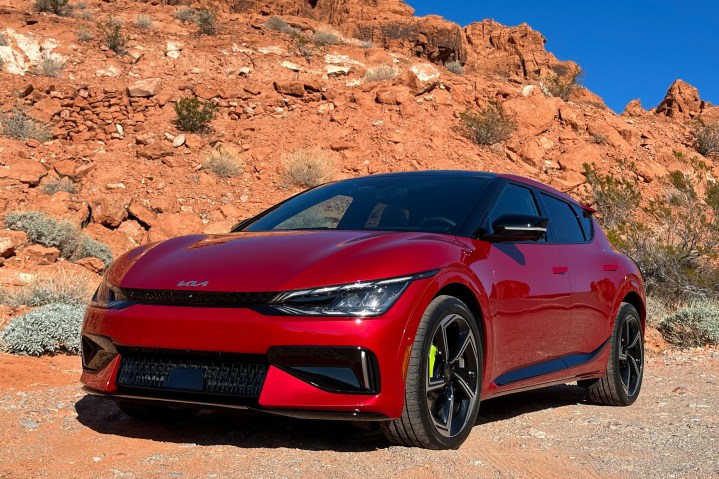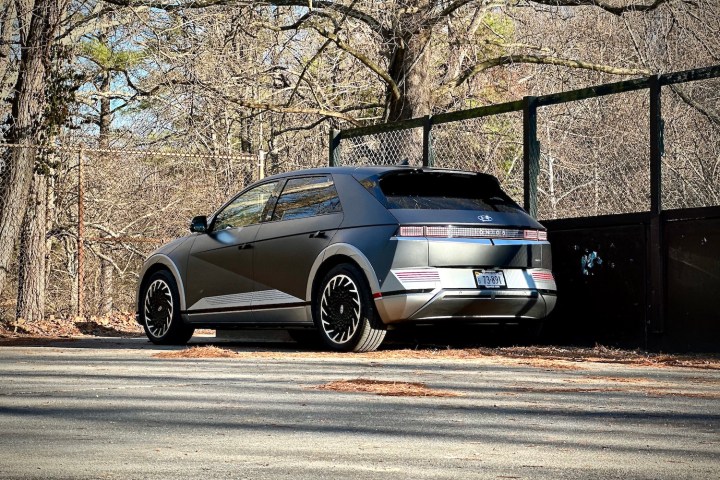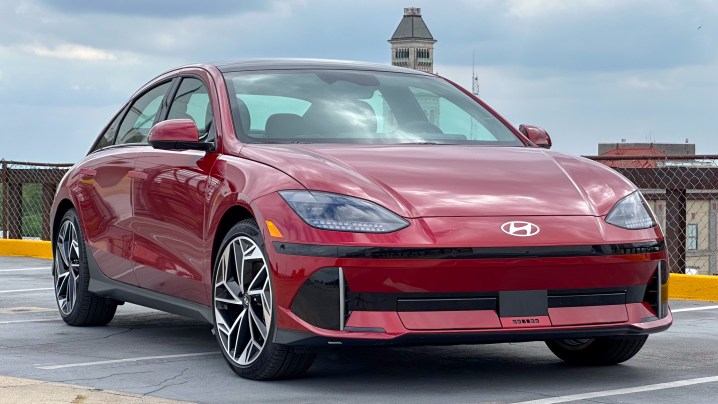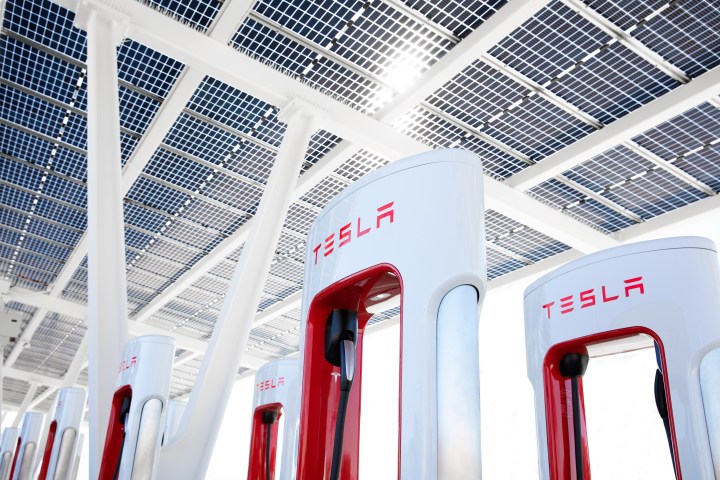It has finally happened. After the majority of other major automakers announced the transition from the combined charging system (CCS) to the North American Charging Standard (NACS), Hyundai Motor Group (which consists of Hyundai, Kia, and Genesis) remained one of the major holdouts. But that has changed, and the company announced that it would make the shift starting with cars sold in late 2024. Presumably, that means that 2025 model year cars will get the new plugs.
But what does this mean for you if you’re a current Kia, Hyundai, or Genesis driver? And what does it mean for those planning on buying a Hyundai Motor Group EV in the near or more distant future? Here’s what you need to know.
How long will this transition take?
The transition to NACS simply is not going to be as immediate as Apple’s transition from Lightning to USB-C ports. That’s to say, there’s going to be a multiyear transition period — and even in five years, some charging stations will likely still sport CCS connectors.
Starting in late 2024, all Kia and Hyundai electric cars will feature the NACS port — so that change will happen overnight. So, the company will sell CCS-equipped electric cars one day, and the next, its new model year cars will be available with NACS ports.

But the cars simply offering the new port doesn’t mean that the whole industry will shift right away. After all, Electrify America and other charging networks have invested millions into CCS stations around the country, and while only the connectors on those stations will need to be replaced (not the whole stations), it will take some time for those stations to make the switch. That’s especially true considering the fact that charging networks will likely make the shift over multiple years, ensuring that customers with CCS cars can still use CCS charging stations.
Eventually, charging stations in North America will likely offer only NACS ports, but that doesn’t mean you won’t be able to charge your car there. There will be adapters to charge CCS EVs at stations with NACS connectors — and over time, you might find that you’ll simply keep one of those adapters in your car.
What about my current EV?
Don’t rush out and get rid of your current Hyundai or Kia EV just yet — you’ll still be able to charge and use your current EV.
There are a few different situations to consider as an EV owner. The first is charging at home. If you have a CCS charger at home, nothing about charging your current car will change ther. You’ll be able to plug your charger into your car as if nothing in the industry has changed. Over time, of course, you may find that you want to switch to an NACS charger at home, especially if you have a second EV that has an NACS port. In that case, you’ll need to buy and use an adapter, which will become common and sold by most automakers by the time NACS cars start rolling out.

The other main way to charge is by using public charging stations. It’s a good idea to buy an adapter to convert NACS to CCS relatively early on if you charge publicly a lot. You will still be able to find CCS charging stations from companies like Electric America — but having an adapter on hand will open up your charging options to include Tesla’s charging network, which is the largest in the country. And as non-Tesla charging stations slowly, but surely switch to NACS, having an adapter will become increasingly helpful.
Will Tesla charging speeds be as fast?
One of the biggest advantages of buying a car from Kia or Hyundai in recent years is being able to take advantage of the incredibly fast 350-kilowatt charging speeds. Thankfully, the ability to charge at speeds that fast will not change.
It’s important to keep in mind that the change here isn’t as related to the underlying technology of charging, and more to do with the connector at the end of the cable. The pipe remains the same. That means that you should be able to get those superfast charging speeds at the same stations that you can right now, even if the connector switches over to NACS.

In early 2025, Tesla will allow non-Tesla cars like the Kia EV6 and Hyundai Ioniq 5 to charge at Tesla Superchargers. Currently these stations vary a little in charging speed. Currently, the top charging speed available at Superchargers is 250kW, which means that these stations won’t take full advantage of the 350kW speeds that some of Hyundai’s cars are capable of. Telsa’s next-generation chargers, Supercharger V4, however, will reach speeds of 350kW — and hopefully they’ll roll out relatively quickly.
Is NACS really better?
In a word, yes. The NACS connector is smaller and less cumbersome than the CCS connector, making it a little easier to plug into cars.
But what’s really better isn’t necessarily the connector itself. It’s the fact that we’re finally moving toward one charging standard, which will theoretically allow EV drivers in the U.S. to pull up to any charging station and plug in. This is an advantage to both Tesla drivers, who will be able to charge at non-Tesla stations, and to non-Tesla drivers, who will be able to charge at the largest charging network in the U.S. It’s really a win-win — and whether it’s CCS or NACS, a single charging standard will be very helpful.

Of course, there are still some questions about how it will all work. When Tesla drivers pull up to a Supercharger and plug in, the charger and car communicate and you’ll automatically pay for the charge with the card connected to your account — all without you having to do anything. In an ideal world that would happen with all cars and charging stations, though that’s unlikely. We’ll have to see exactly how that plays out.



